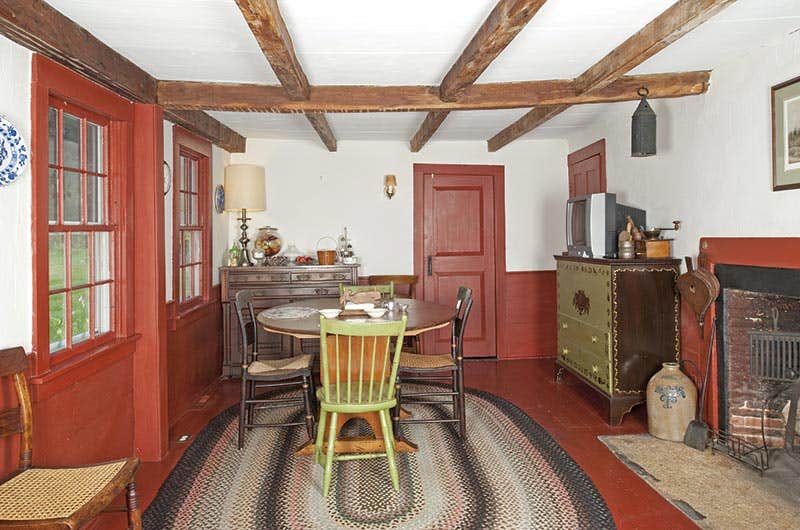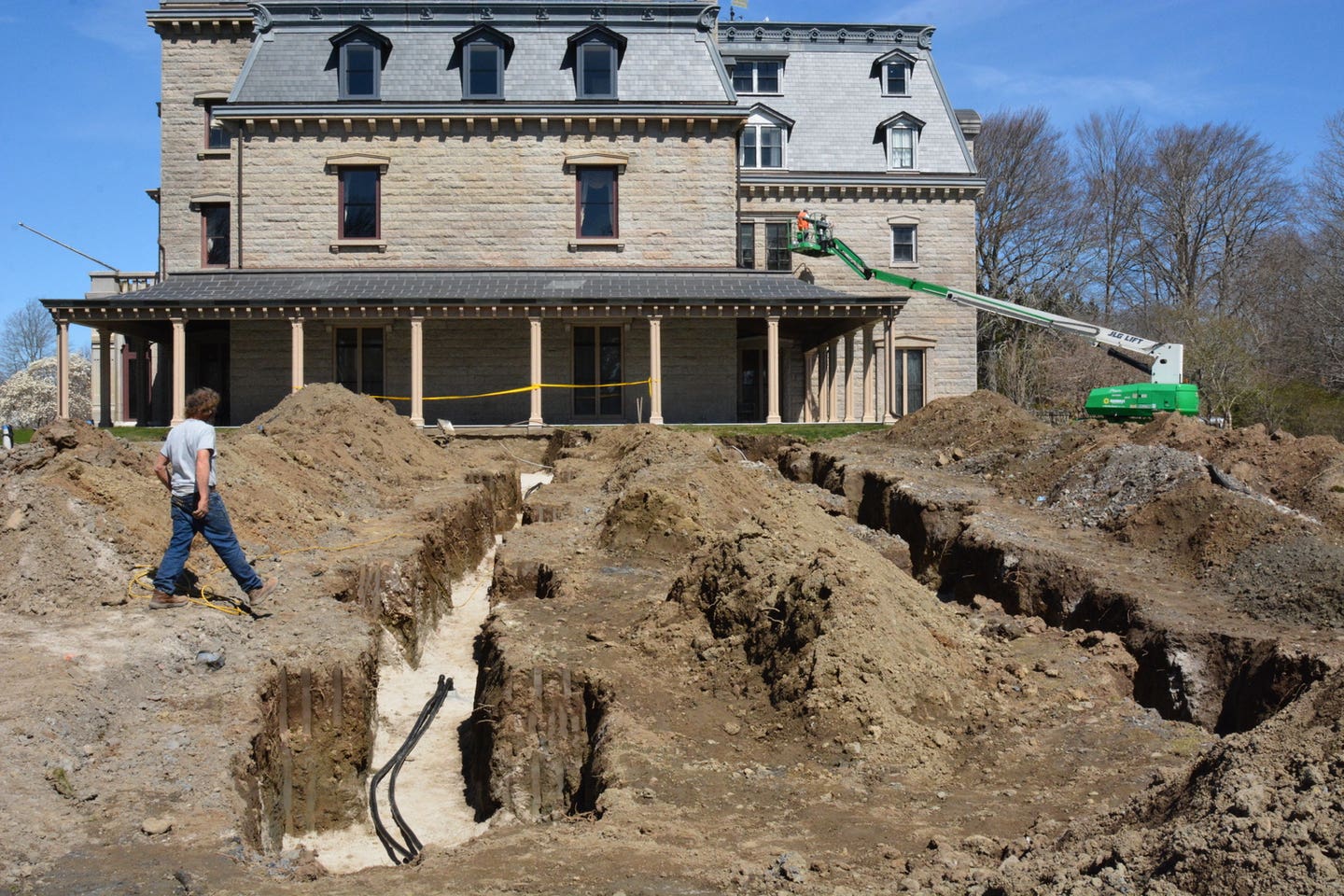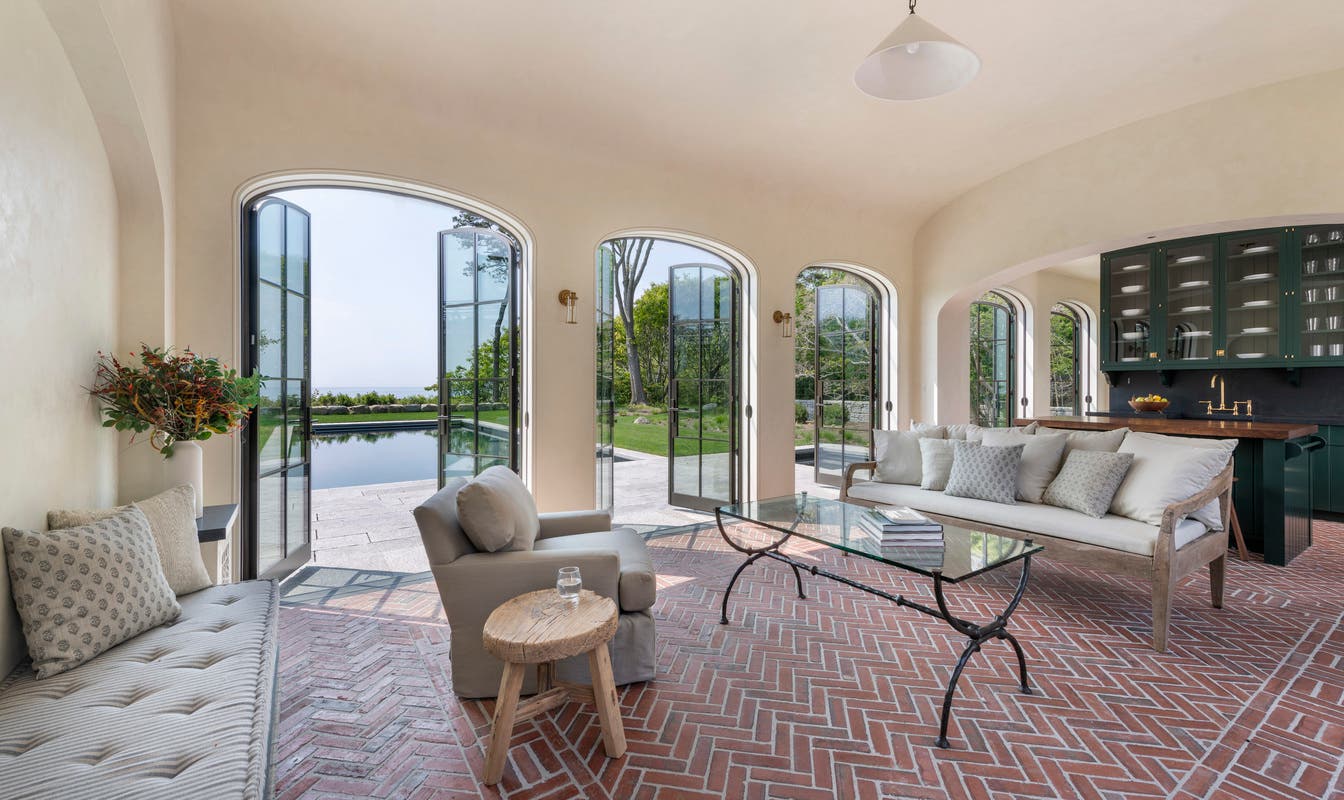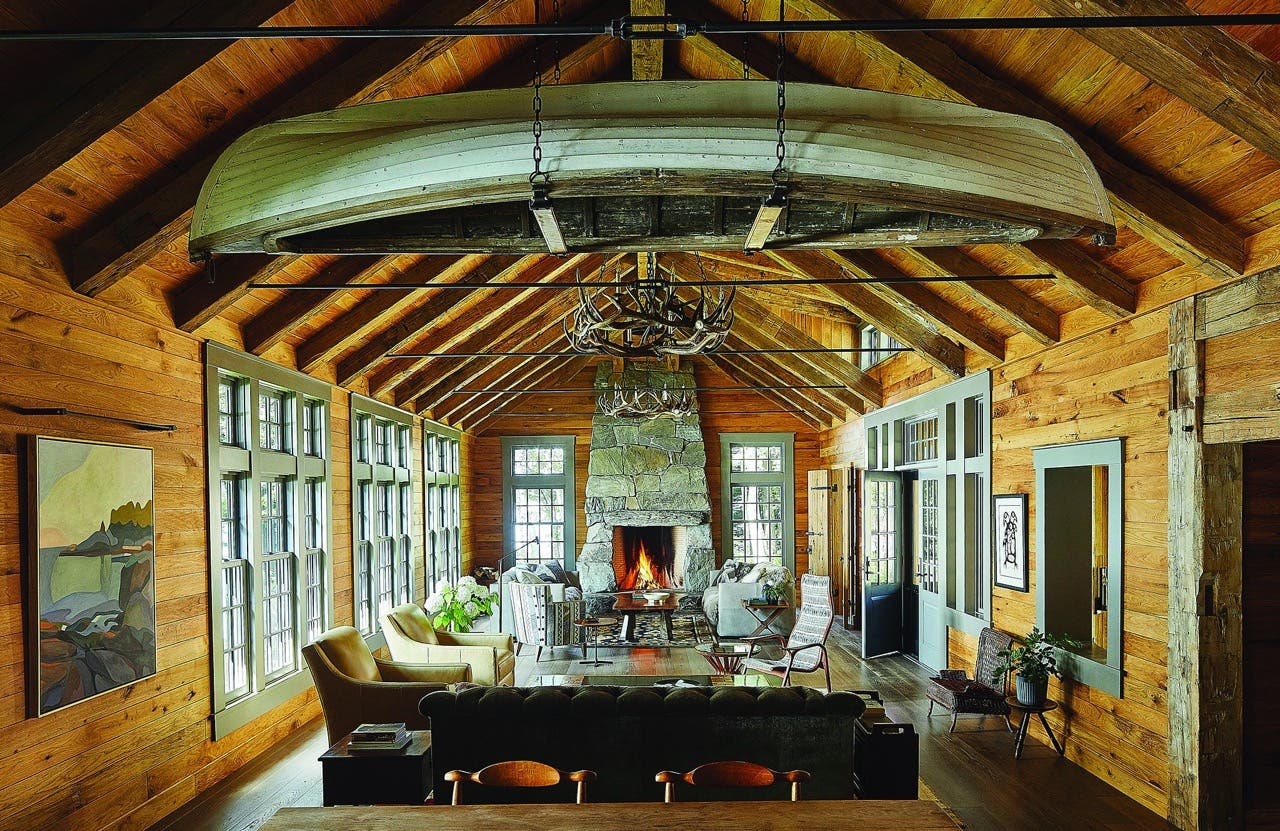
Opinions & Editorials
The Preservation Easement: Protecting Historic Interiors
By Jess Phelps
As the U.S. economy continues its gradual recovery, the numbers of substantial interior renovation projects, in many areas, are slowly beginning to return to their pre-recession levels. In many instances, both anecdotally and in practice, home buyers are continuing the lamentable practice of purchasing historic properties and remaining generally respectful to the exterior façades while completely reworking the interior to comport with what are considered to be contemporary living standards.
This is regrettable for a number of reasons. First, these renovations are often wasteful, disregarding the building’s embodied energy before it reaches the end of its functional life. Second, these renovations remove features that uniquely tie a property to its history and often remove the associated context that allows one to be able to understand or “read” a historic house. A historic façade with a “modern” interior may have residual visual interest, but is a hollow substitute for the authenticity of its former self. Third, substantial and inappropriate renovations can have unintended market consequences. A historic interior has staying power that can far outlast the latest building fad or any trend.
You probably have witnessed this trend and may already have recognized, either instinctively or consciously, the subtle degradation these losses create. What might not be as apparent, however, is how acutely vulnerable historic interiors really are and how little legal protection exists for these important elements of our collective built heritage. As May is National Preservation Month, providing some due attention to this neglected area of preservation efforts is perhaps a valuable exercise.
Overall, the contemporary preservation apparatus is woefully ill-equipped to address the challenge of protecting historic interiors. Landmark ordinances that enable protections for interiors are rare and the most effective regulatory preservation tool, local historic districts, wholly exempt interiors. This wholesale exclusion stems from the rationale behind local regulation, which focuses on the public benefit historic areas and properties provide, primarily through the aesthetic justification of providing a historic setting. Given the complexity of preservation regulations, as well as the current regulatory and budgetary climate, local, state and federal governments are not positioned to take on substantial additional responsibilities in this area, and historic interiors will continue to fall outside of the regulatory framework.
The only available mechanism to protect historic interiors with any degree of certainty then is a preservation easement, a legal tool that relies on property owners to take individual initiative to protect their own historic properties. Overall, a preservation easement is a voluntary legal tool whereby an owner of a historic property gives up some of their ability to modify their home’s historic features to a qualified easement holder (often a non-profit organization). The easement holder will then be committed to monitoring and enforcing the easement terms going forward. An owner does not relinquish the ability to use, lease, sell or otherwise utilize the property through the easement donation; only to refrain from making certain prohibited alterations to its historic fabric.
One unique advantage of a preservation easement is that, if desired, it can be a perpetual agreement and can bind future property owners – limiting their ability to demolish or otherwise modify the historic property in an insensitive fashion. The easement will provide the easement holder the ability to perform periodic monitoring of the property to ensure compliance, as well as to enforce its terms against violations, including taking any necessary legal action.
When it comes to a specific historic property, preservation easements are a flexible tool and can be tailored to protect the character-defining elements of the property, while leaving other areas open to updating or modification. Easements can protect a property’s exterior, the landscape or site, and crucially, important interior elements – which are otherwise wholly unprotected even for the most significant historic sites (including properties listed on the National Register of Historic Places or designated as National Historic Landmarks).
With regard to interior protections, an easement holder should not seek to freeze a house in time, but rather allow it to sensitively and appropriately adapt, subject to review and input, to contemporary living. In crafting the scope of protection, the owner of a historic property can play a significant role in determining what degree of protection is to be put in place – protecting specific and unique architectural treatments, moldings, mantles, staircases, door hardware and other similar elements.
Interior easements protect features that provide insight into how the property evolved over its history, preserving the workmanship and craftsmanship of early structures and ensuring that they survive intact for future generations. The unique contours of a hand-planed softwood floor can be erased in an afternoon’s power-sanding, for example, destroying the work of the original craftsman. But an easement can protect this specific feature and alert future owners to the dangers of over-finishing.
In all, historic interiors represent an important and vulnerable part of our nation’s built heritage. While preservationists have made substantial efforts to preserve the exterior fabric of many critical historic structures, shockingly fewer interiors are afforded similar protection regardless of their significance or integrity. Preservation easements, however, do offer preservation-minded homeowners the ability, on a property-by-property basis, to take individual action to protect a historic interior that would otherwise be lost or modified beyond recognition by a subsequent and potentially insensitive owner.
Please note that the information provided above is just general guidance on the topic of easements, not legal advice. As easements are binding legal instruments, potential easement donors should consult qualified local counsel for advice on the local, state and federal implications of an easement donation.
Jess Phelps is the team leader for Preservation Services at Historic New England, the oldest and largest regional heritage organization in the country. In addition to its 36 museums, Historic New England holds 84 easements on privately-owned historic properties, which protect over 150 buildings and 750 acres of land across five New England states. Visit www.HistoricNewEngland.org/Stewardship for more information about the organization’s Stewardship Easement Program.







